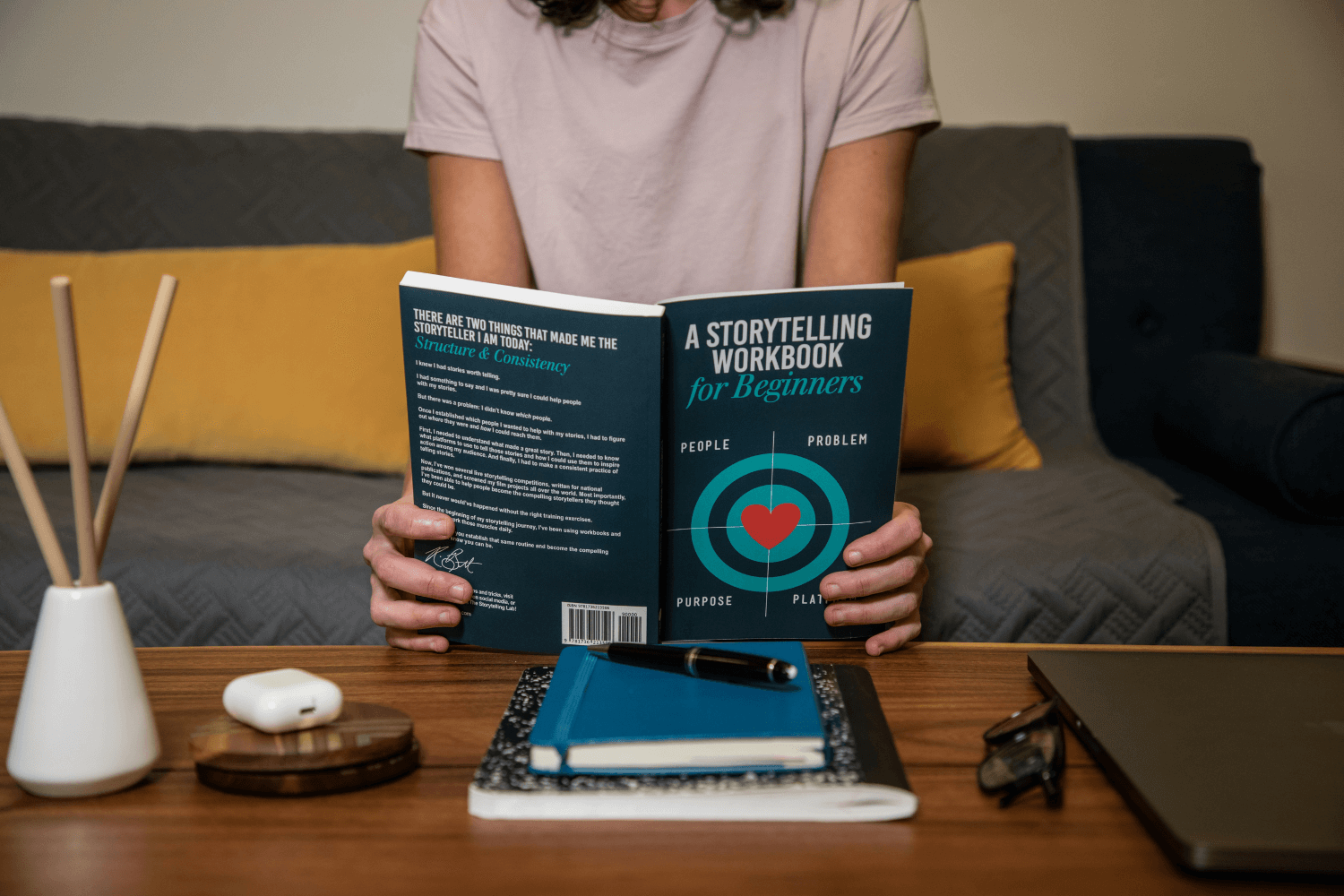Nutter Butter Lore: Is Absence of Strategy Actually Strategic?
Nutter Butter’s “Nutty for Nutter Butter” campaign is capturing attention with its surreal, Gen Z-targeted content. But is quirky for the sake of quirky a smart choice for student portfolios? Let's dive into why strategy matters more than weirdness.

You may have heard about Nutter Butter’s unhinged social media account. People are literally Googling: “Nutter Butter campaign analysis.”
But if you haven’t, the cookie brand known for its peanut-shaped treats, has recently launched a social media campaign (created by Dentsu Creative) that’s making waves across platforms like Instagram, Twitter, and TikTok. Dubbed “Nutty for Nutter Butter,” this campaign has been a clear move to Gen Z marketing, and maybe even consumer engagement with Gen Alpha. In fact, they’ve nearly quadrupled their TikTok audience over the past month and a half, so they’re definitely doing something right.
The campaign feels like an acid trip meets the 1997 version of the World Wide Web. It features vibrant, absurd, surreal visuals and content that highlight the cookies in all sorts of weird scenarios. There’s some lore involved with a guy named Aiden, and no one really knows who that is. Comments on the latest Instagram reel include “what is going on?” and “I’m scared.”
The brand has said they wanted to depart from a perfectly curated feed to experiment with the surreal side of the internet. And surreal it is. A bit nightmarish, even?
And it begs the question: when it comes to student copywriting and art direction portfolios, is weird for the sake of weird the best strategy? Would a campaign like this be a smart addition to a student advertising portfolio? The answer is honestly no.
Even though “Nutty for Nutter Butter” is performing well on social media, and all the executions fall under the “nutty” strategy umbrella, there are a few reasons why this campaign wouldn’t be a home run in a student advertising portfolio.
- Heavy Reliance on Influencer Engagement: Nutter Butter’s weird account went largely ignored until TikToker Cassie Fitzwater urged viewers to check it out. This highlights the importance of influencer marketing in today’s landscape. You likely won’t have that kind of boost for your student work.
- Lack of Clear Product Benefit: The strategy of “let’s be weird” doesn’t provide any real insights into the product benefits of Nutter Butter. The playful, outlandish nature of the campaign, while engaging, could be seen as over-the-top. If someone doesn’t already know how delicious Nutter Butter cookies are, they haven’t learned anything about them from this campaign.
- Fan and Influencer Engagement is Mostly “WTF”: While fans have engaged with this bizarre brand refresh, many are left piecing together hints to figure out what’s happening. Recruiters don’t have time to sift through confusing campaigns, and you don’t want them leaving with a “WTF” impression. You want them to see you as sharp and insightful.
The campaign is definitely a bold step for Nutter Butter. It’s changed its image from nostalgic to relevant and attracted a host of new young audience members. However, this shift also means they need to navigate the line between being entertaining and staying true to what fans love about the cookies.
So what are our student advertising portfolio tips? We love fun, weird student portfolios! The more unique, individualized, and full of personality they are, the better. But showcase your weirdness in your self-branding and in your “about me” page. Push the boundaries on art direction and copywriting, but remember to keep your ideas smart and strategic. Smart campaigns that highlight key product benefits, solve problems for consumers, and aren’t just visually weird perform much better in the limited time you have to impress recruiters and hiring managers.
Nutter Butter and Dentsu took a huge risk, and it looks like it’s paying off. But keep in mind that campaigns that perform well in the real world aren’t always the best pieces to include in your student advertising portfolio. Ultimately, while being quirky can make a splash, balance and strategy are key. Nutter Butter’s marketing campaign is a bold experiment, but aspiring creatives should remember that effective advertising often marries creativity with clarity and purpose.







